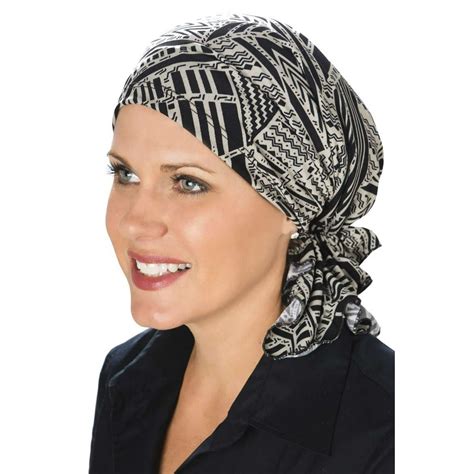Head coverings have been worn by women for centuries across various cultures and religions. From the elegant turbans of India to the modest hijabs of the Middle East, head covers have evolved into a diverse array of styles, each with its unique cultural significance. This comprehensive guide will delved into the world of head coverings for women, exploring their history, types, benefits, and how to choose the perfect one for your needs.

The History of Head Covers for Women
The origins of head coverings for women can be traced back to ancient times, with evidence of their use in ancient Egypt, Greece, and Rome. In many cultures, head coverings were worn as a sign of modesty, religious observance, or social status.
Religious Head Covers
In many religions, head coverings are worn as a symbol of faith and devotion. For example, in Islam, the hijab is worn to cover the hair and neck, and is considered a sign of modesty and piety. In Christianity, some women wear headscarves or veils during religious services as a sign of reverence.
Cultural Head Covers
In addition to religious significance, head covers have also played a significant role in cultural identity. In many African countries, women wear colorful head wraps as a way to express their individuality and cultural heritage. In India, women wear saris, which include a head covering known as a pallu, as a traditional form of dress.
Types of Head Covers for Women
Today, there is a wide variety of head covers available for women, each with its unique style and purpose. Here are some of the most common types:
Hijab
The hijab is a headscarf worn by Muslim women that covers the hair and neck. It is typically made of a light, opaque fabric and comes in a variety of colors and patterns.
Niqab
The niqab is a face veil worn by some Muslim women that covers the entire face except for the eyes. It is typically made of a black or dark-colored fabric and is often worn with a hijab.
Burqa
The burqa is a full-body covering worn by some Muslim women that covers the entire body, including the head, face, and hands. It is typically made of a heavy, opaque fabric and is often worn in public spaces.
Turban
A turban is a head wrap that is typically made of a long piece of fabric that is wrapped around the head. Turbans can be worn in a variety of styles and are often used to add a touch of color and flair to an outfit.
Headband
A headband is a thin band that is worn around the head to keep hair in place or add a decorative touch. Headbands come in a variety of materials and styles, from simple elastic bands to embellished headpieces.
Scarf
A scarf is a long piece of fabric that can be worn around the head, neck, or shoulders. Scarves can be made of a variety of materials, including silk, cotton, and wool, and can be worn in a variety of ways to create different looks.
Benefits of Wearing a Head Cover for Women
There are many benefits to wearing a head cover for women, including:
Protection from the elements
Head covers can protect the hair and scalp from the sun, wind, and cold. They can also be used to shield the face from dust and dirt.
Modesty
Head covers can be worn to cover the hair and body for reasons of modesty. This is especially important in cultures where it is considered disrespectful to show uncovered hair or bodies in public.
Religious observance
Head covers are often worn for religious reasons. For example, in Islam, the hijab is considered a symbol of modesty and piety.
Fashion statement
Head covers can be a stylish way to accessorize an outfit and add a pop of color or pattern. They can also be used to create a variety of different looks, from casual to formal.
How to Choose the Right Head Cover for You
When choosing a head cover, it is important to consider the following factors:
Your personal style
Consider your personal style and how you want to look when wearing a head cover. Do you want something simple and understated, or something more elaborate and eye-catching?
The occasion
Consider the occasion for which you will be wearing the head cover. Are you attending a religious service, a formal event, or a casual outing?
The climate
Consider the climate in which you live and the type of weather you will be wearing the head cover in. If you live in a warm climate, you will want a lightweight, breathable fabric. If you live in a cold climate, you will want a thicker, more insulating fabric.
Your hair type
Consider your hair type when choosing a head cover. If you have long hair, you will need a head cover that is large enough to cover your hair completely. If you have short hair, you can wear a smaller head cover.
How to Wear a Head Cover
There are many different ways to wear a head cover, depending on the type of head cover you are wearing. Here are some general tips:
Hijab
To wear a hijab, start by placing the center of the fabric on the crown of your head. Bring the two ends of the fabric around to the front of your neck and cross them over each other. Bring the ends back to the back of your head and tie them together in a knot.
Niqab
To wear a niqab, start by placing the fabric over your head, covering your hair and face. Bring the two ends of the fabric around to the front of your neck and cross them over each other. Bring the ends back to the back of your head and tie them together in a knot.
Burqa
To wear a burqa, step inside the garment and pull it up over your head. Adjust the
